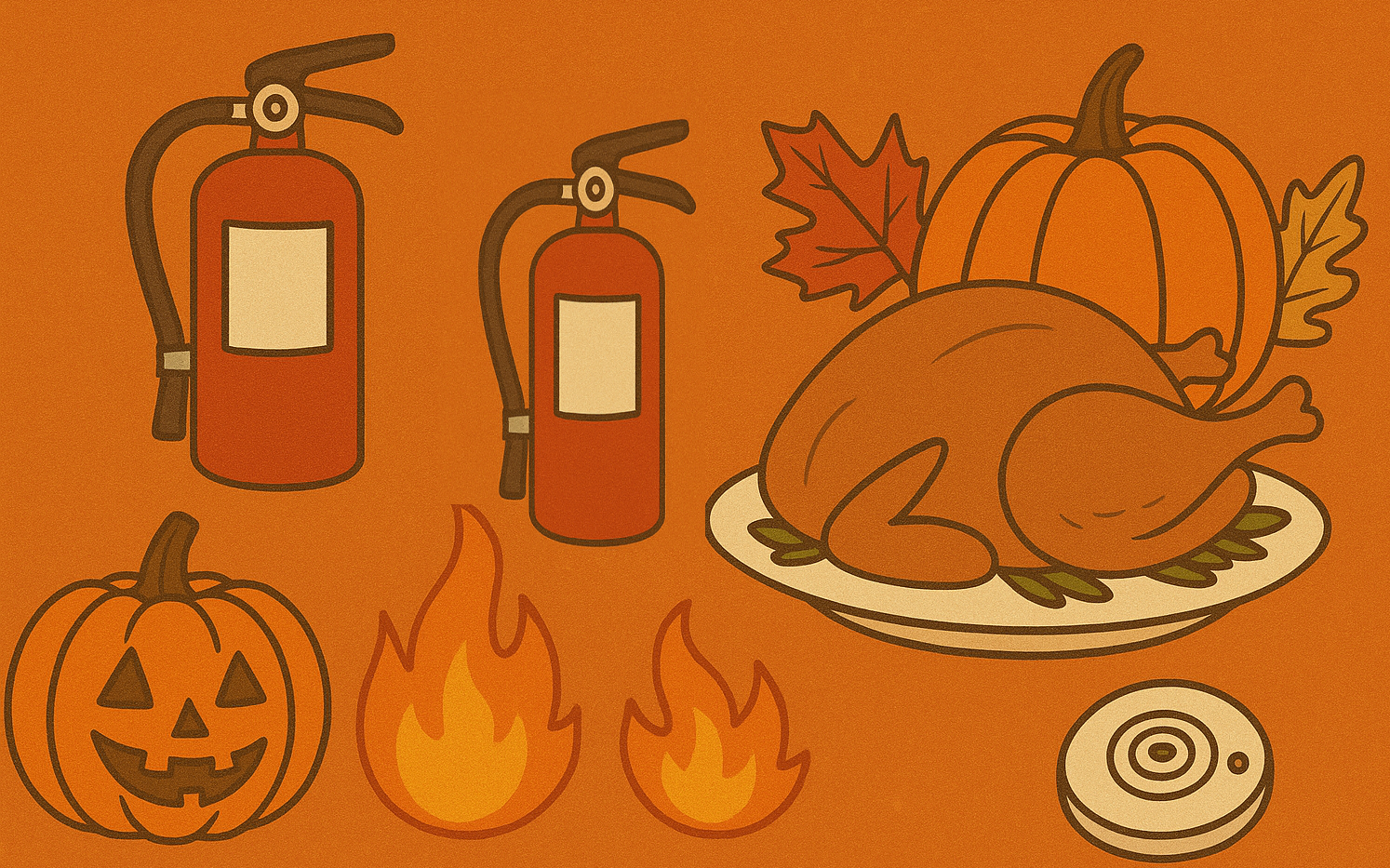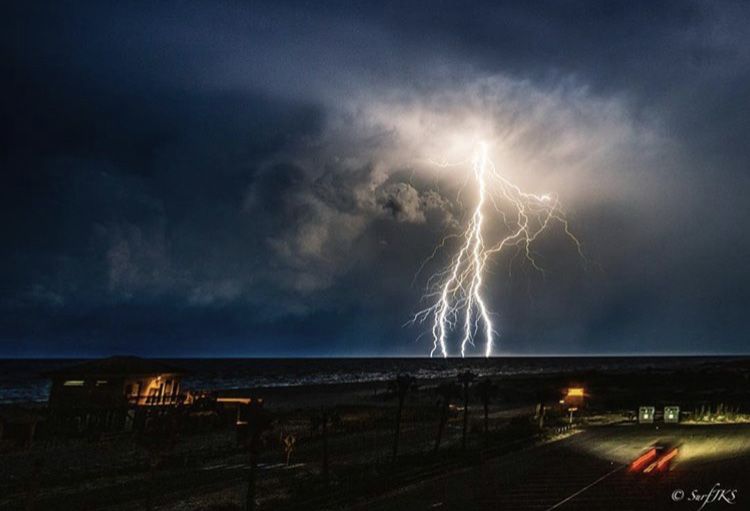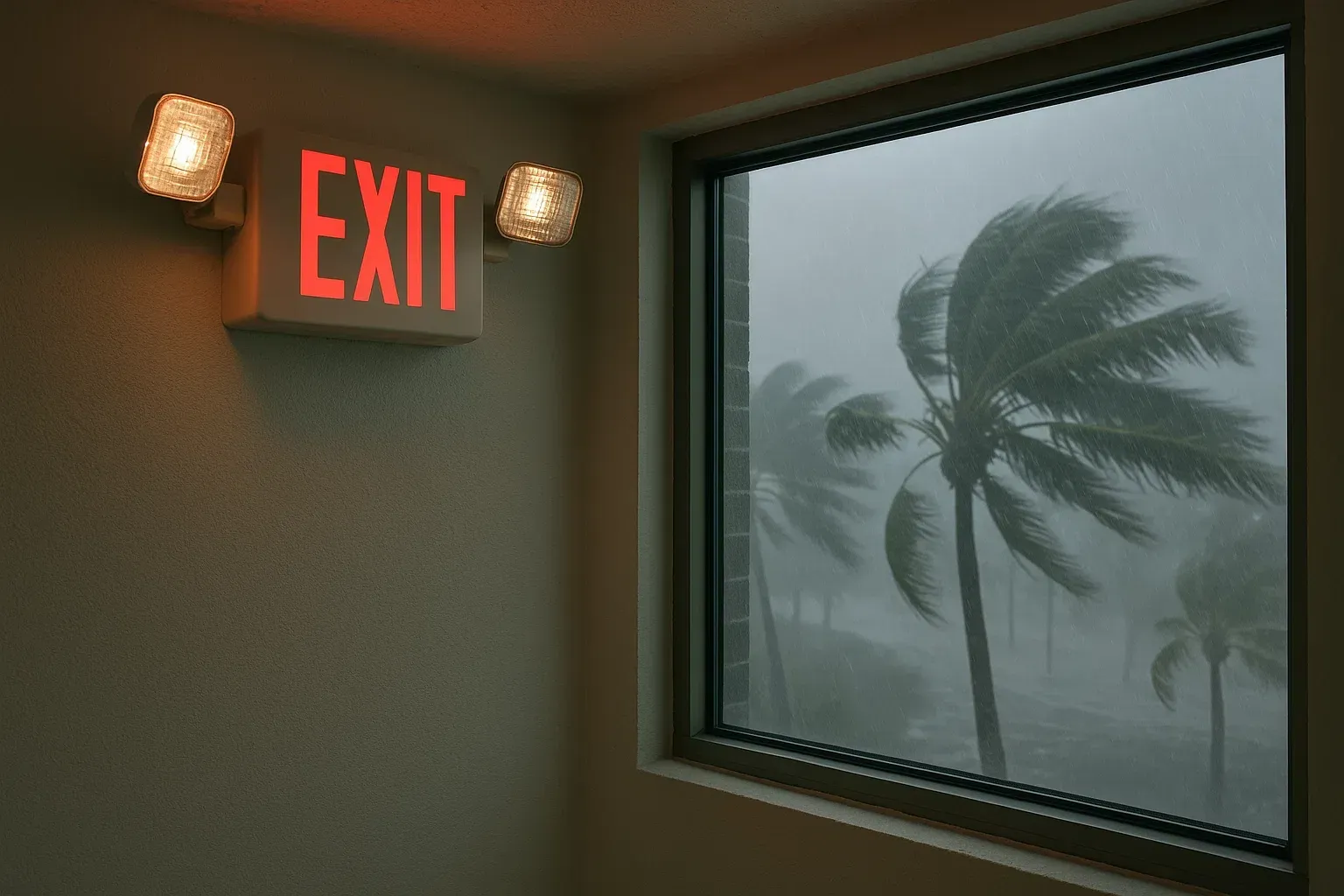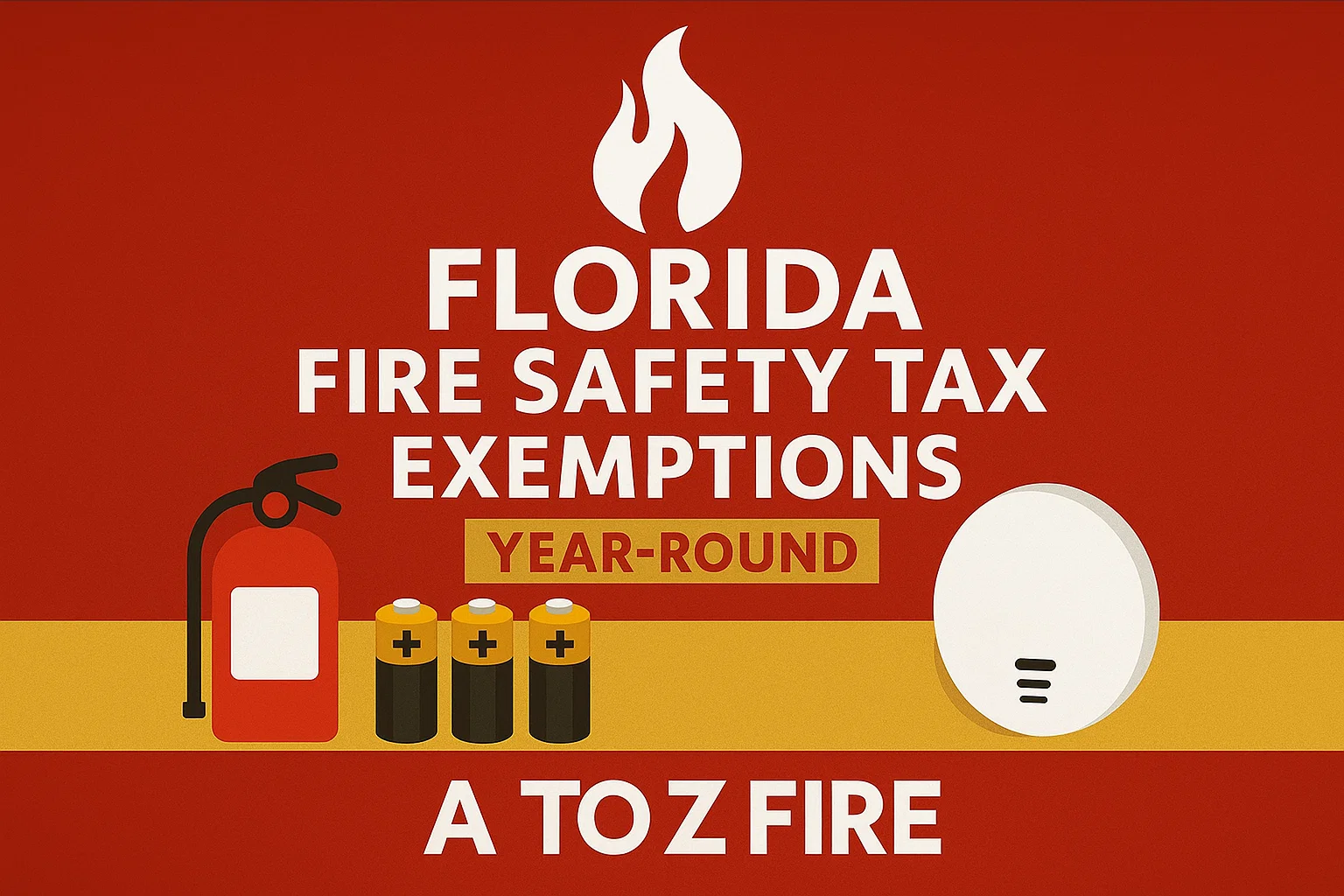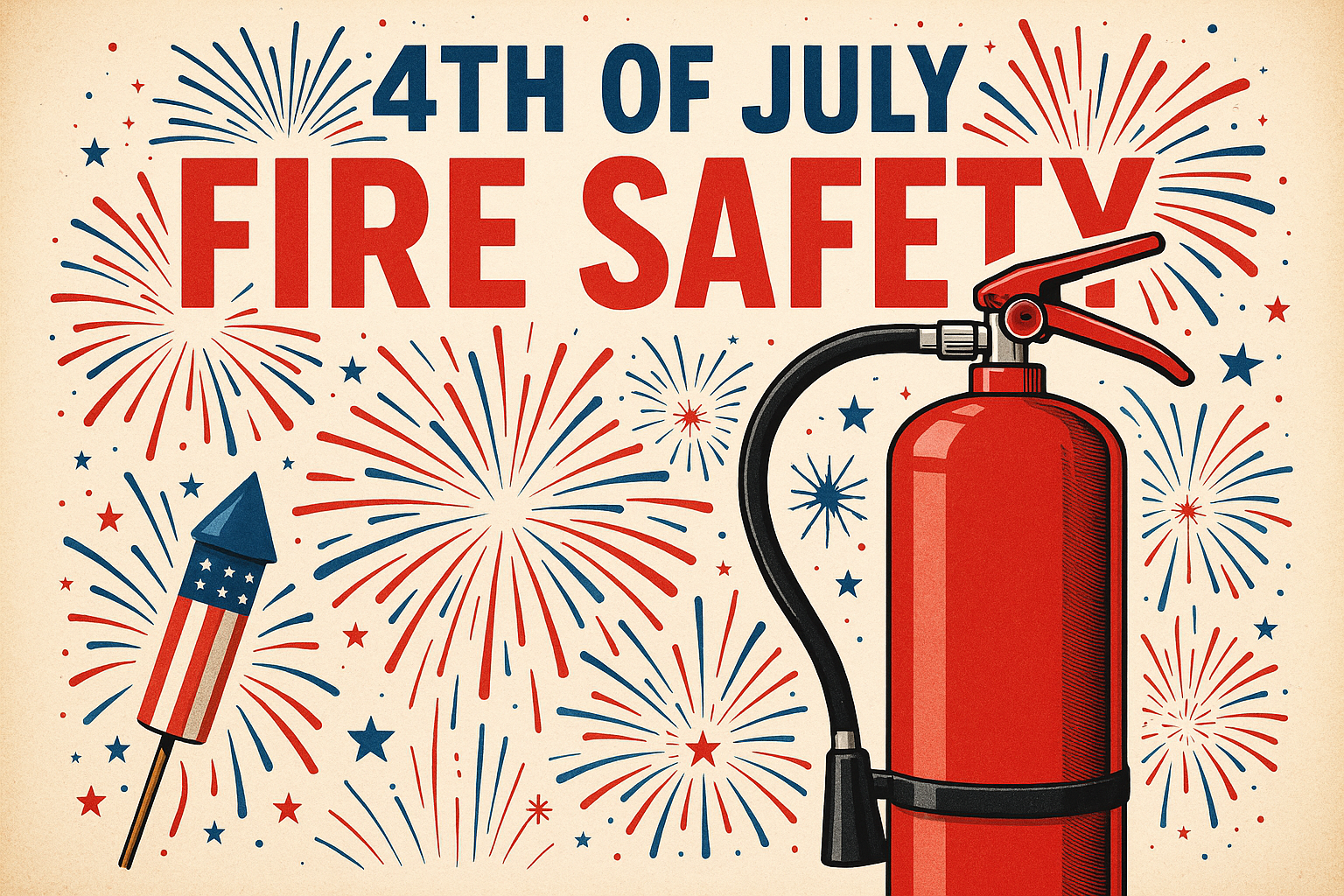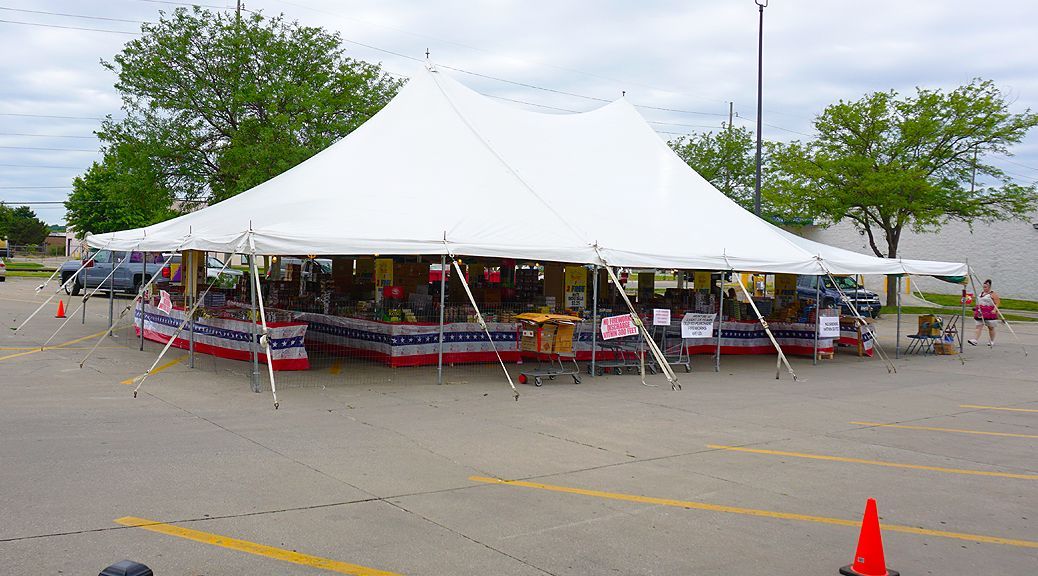Staying Safe in the Heat: A Guide to Preventing Heat Exhaustion
Understanding Heat Exhaustion
Summer weather is an invitation for outdoor activities, whether you're tending to your home garden or working as a maintenance worker at residential or commercial buildings. However, the increased temperatures bring along their own set of risks, with heat exhaustion being a prominent one. We've asked and answered some of the most common questions about heat exhaustion to help you recognize the signs, understand the stages, know the duration and have an action plan for heat exhaustion.
What are the first signs of heat exhaustion?
The body's inability to cool down effectively can lead to heat exhaustion. When exposed to excessive heat and dehydration, you may begin to notice several symptoms. The first signs of heat exhaustion include heavy sweating, weakness, skin that is cool, pale and damp, a fast but weak pulse, and nausea or vomiting. You may also feel faint or dizzy, and experience muscle cramps. By recognizing these early signs, you can take preventative measures before the situation worsens.
What are the 4 stages of heat exhaustion?
The condition of heat exhaustion is not an instantaneous occurrence; rather, it progresses through four stages.
- Increased Thirst: Dehydration often accompanies heat exhaustion. The first stage is usually characterized by a noticeable increase in thirst as your body attempts to compensate for the fluid loss.
- Mild Discomfort and Fatigue: In the second stage, as the body continues to lose water and salt due to sweating, you may start to feel discomfort, fatigue, and might even experience a mild headache.
- Intensified Symptoms: The third stage is marked by increased body temperature, rapid heartbeat, dizziness, and nausea. If you're experiencing these symptoms, it's crucial to immediately start cooling off.
- Heatstroke: If not promptly addressed, heat exhaustion can escalate to heatstroke, a severe and life-threatening condition. Symptoms may include confusion, seizures, and loss of consciousness.
How long does heat exhaustion last?
If left untreated, heat exhaustion can last for several hours or even for a whole day. Typically, with appropriate intervention - which includes moving to a cooler environment, hydrating, and resting - symptoms should improve within an hour.
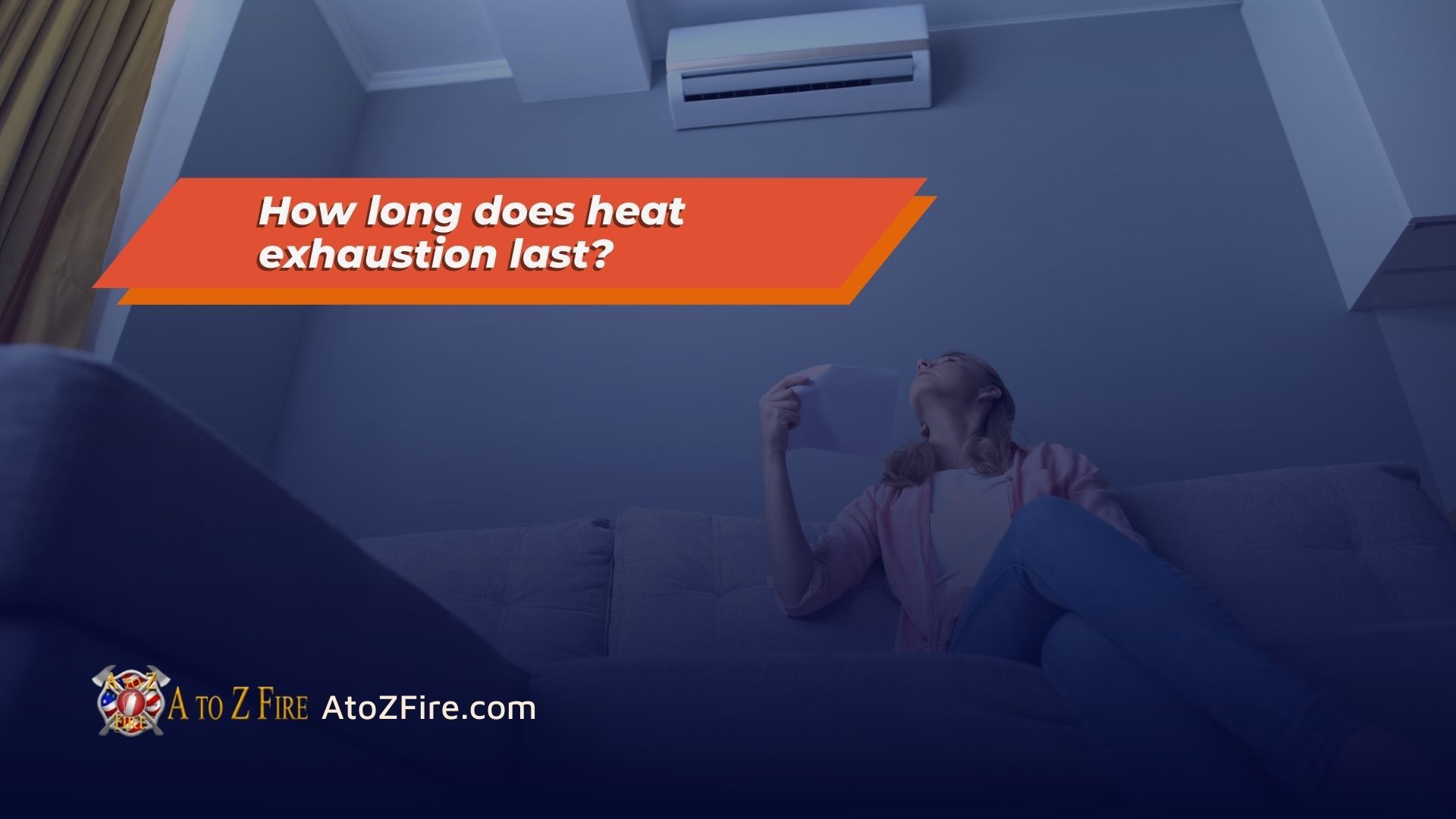

What should I do if I think I have heat exhaustion?
The moment you identify signs of heat exhaustion, it's important to act fast. Get out of the heat and into a cooler, shaded place. Loosen tight clothing and apply cool, wet clothes to your body. Sip water or sports drinks to replenish electrolytes. If symptoms don't improve within an hour or worsen, seek immediate medical attention.
How can I avoid heat exhaustion?
The best way to deal with heat exhaustion is to prevent it altogether. Hydrate often, even if you're not thirsty. Wear loose, lightweight clothing and protect against sunburn. Never leave anyone, including pets, inside a parked car. Try to schedule strenuous activities during the cooler parts of the day. Always listen to your body and take breaks to cool down when needed.
Stay Safe, Stay Prepared
Preparation is the best defense against the heat. Equip yourself with the necessary tools and knowledge to stay safe during these hot summer months. For more information, and for a range of fire safety products, first aid, and fire safety services, check out our specials at A to Z Fire Monthly Specials. Feel free to get in touch with us at our Pinellas location at 727.865.1050 or Hillsborough location at 813.350.0665, or drop us an email at info@atozfire.com. Stay cool, stay hydrated, and most importantly, stay safe!
Click On The Social Icon Below To Share This Article
